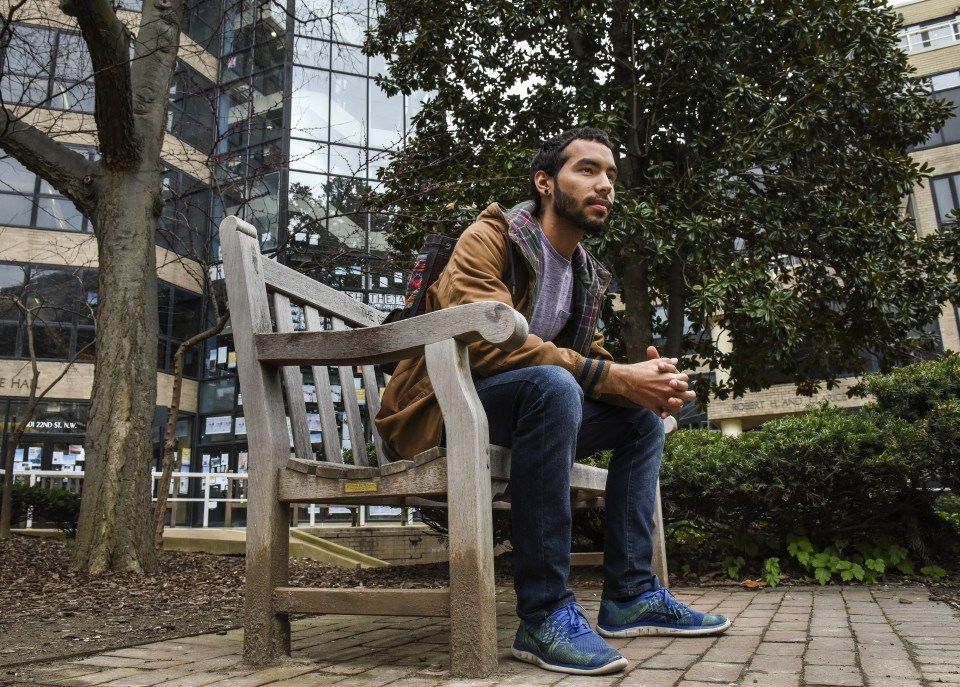About the Fund
The ASTIR CASNR Emergency Student Aid Fund was established in 2015 with the Christmas and birthday money of my, then, 13-year-old daughter Ritsa, and is designed to help students in need. Based on some recent media reports (see below), a large number of college students on our campuses are facing homelessness and hunger; about one in three Nebraska students regularly worry about not having enough food to eat. The Fund is based on an honor system, has voluntary repayment and has already helped a number of students with food and medical expenses.
The CASNR Emergency Student Aid Fund is housed at the University of Nebraska Foundation. Your charitable contribution will be tax deductible and 100% of the funds will be immediately available to CASNR (that administers the Fund) to help students in need.




